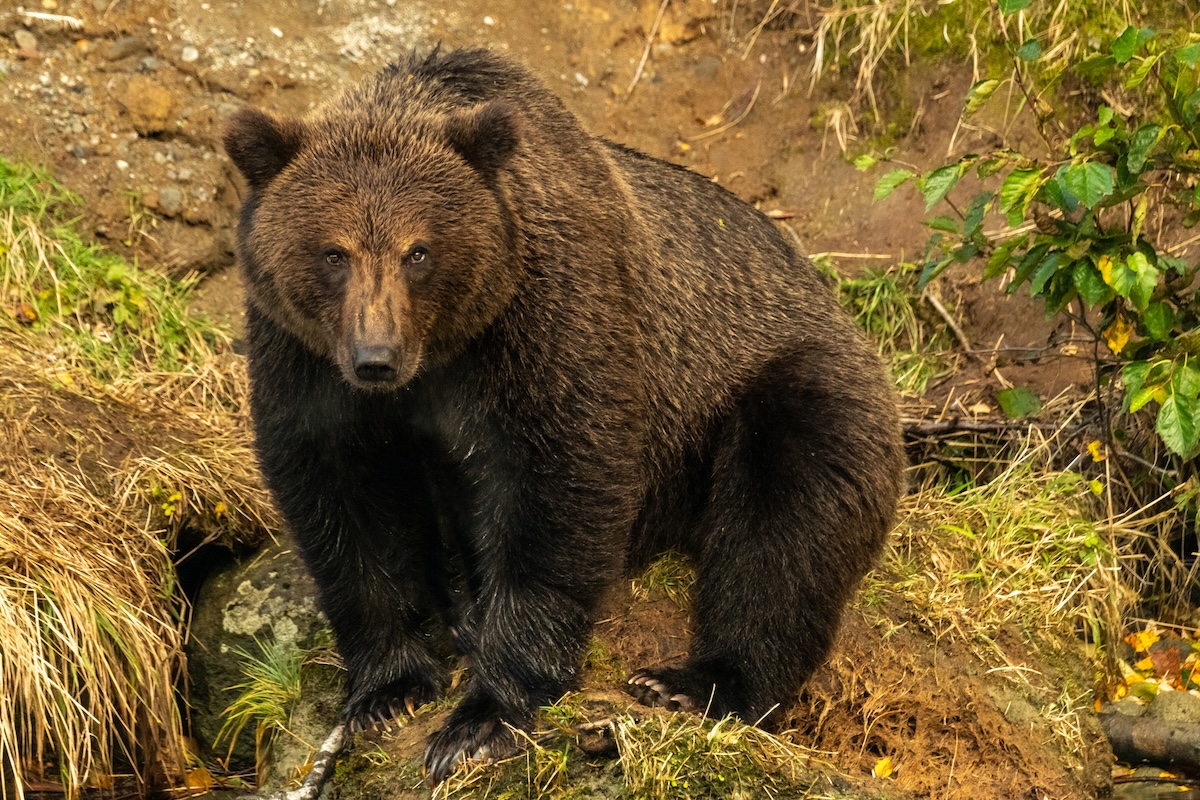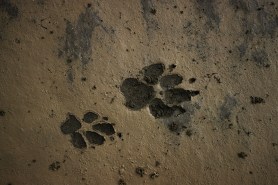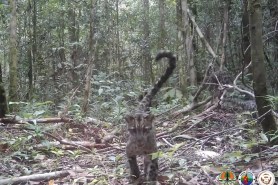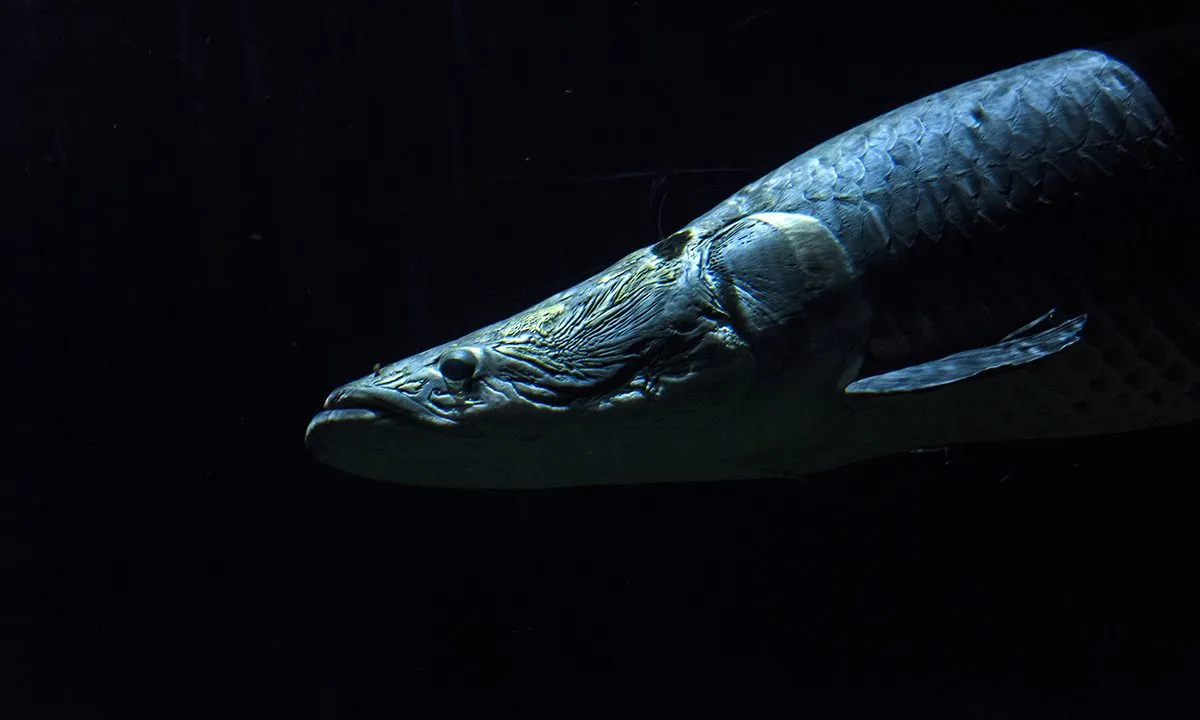

The Amazon is a vast biome that spans eight countries—Brazil, Bolivia, Peru, Ecuador, Colombia, Venezuela, Guyana, and Suriname—as well as French Guiana. There is a clear link between the health of the Amazon and the health of the planet.
The Amazon River system starts in the highlands of Peru, the Amazon River crosses through Ecuador, Colombia, and Venezuela before passing through Brazil and exiting in the Atlantic.
Videos by Outdoors
Many popular films portray the dangers of the Amazon, including The Territory (2022), Burden of Dreams (1982), Indiana Jones and the Kingdom of the Crystal Skull (2008), Jungle Cruise (2021), and Anaconda (1997).
The danger in the Amazon is far from fiction, though. Here are some of the most dangerous animals in the Amazon.
Green Anaconda
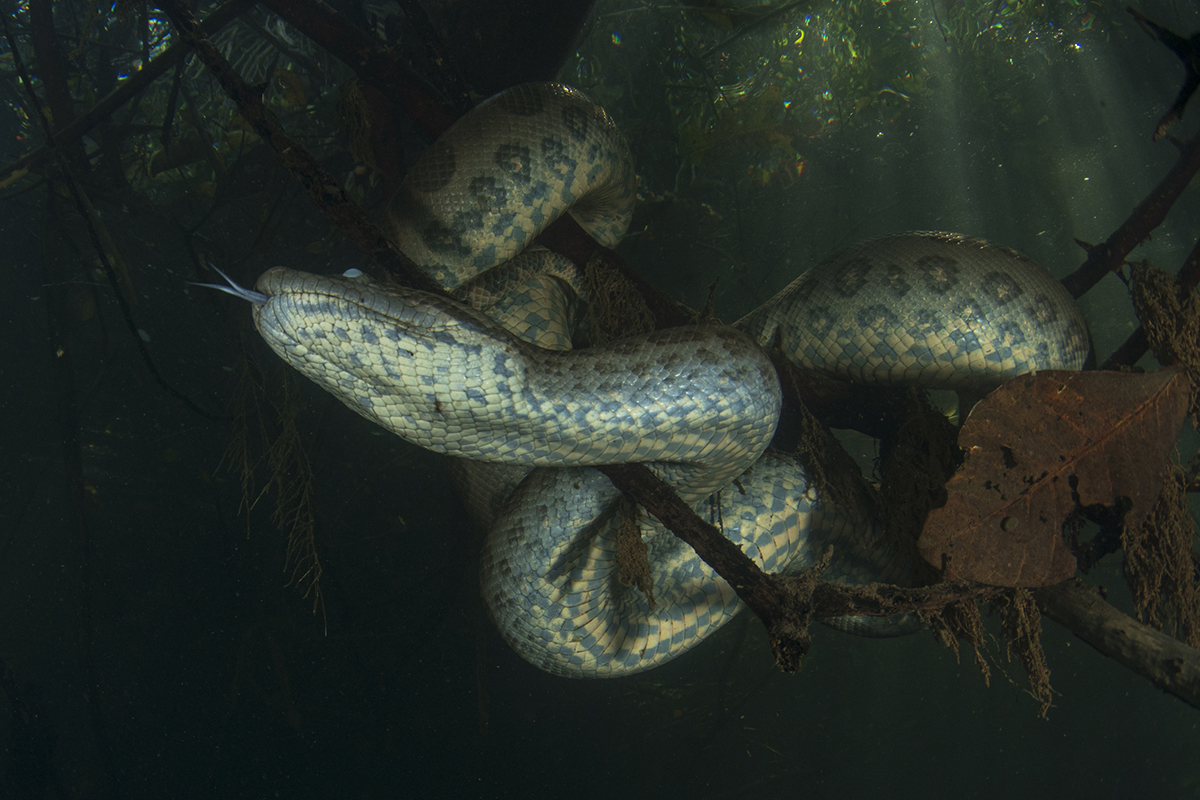
If you saw the movie Anaconda, you may have a fear of giant snakes. The Amazon harbors many dangerous snakes, from the highly venomous pit vipers to the ferocious South American rattlesnake, but the anaconda trumps all.
The green anaconda can grow to up to 30 feet and weigh over 550 pounds, making it the largest snake in the world. Anacondas use their powerful bodies to constrict and crush their prey, and then they swallow their meals whole.
Green anacondas hide in the waters of the Amazon River and are swift to strike prey. They can eat animals as large as jaguars, wild pigs, and even (theoretically) humans, and because they eat large meals, they don’t need to feed often.
Piranha

These flesh-eating fish have also been a Hollywood favorite and are featured in many terrifying films. There are more than 20 species of piranha in the Amazon River alone.
Piranha may have razor-sharp teeth similar to sharks’ teeth, but they are not aggressive, and they eat animals as well as plants. Their diet includes fish, snails, plants, seeds, and fruit. If a mammal or bird falls into piranha-filled waters, these fish will feast on them as a group, but that isn’t their day-to-day routine.
You can swim safely near piranha in the Amazon River, but do so at your own risk. Piranha is actually served as a dish on some river cruises.
Electric Eel
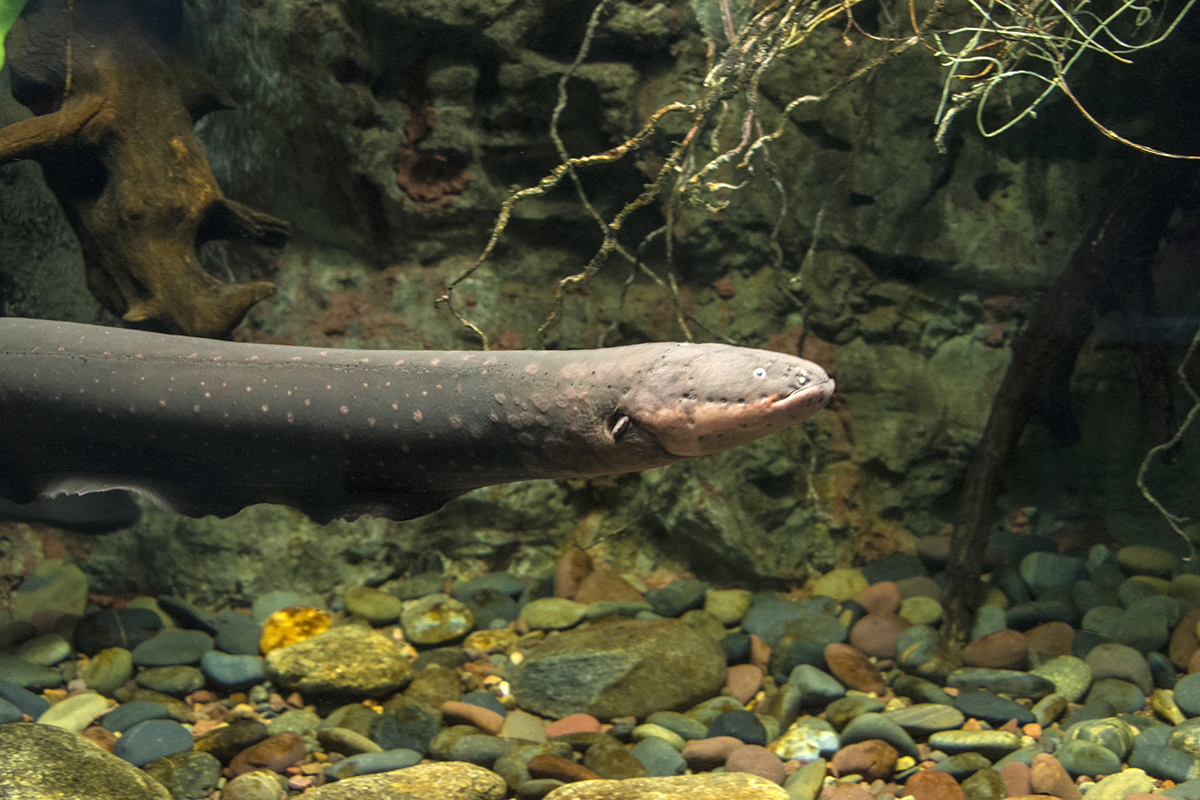
The electric eel is a fish related to catfish and carp that can produce up to 800 volts of electricity, which is enough to kill a human, depending on where on the human the fish contacts. However, the fish rarely uses its entire power and tends to use multiple, smaller shocks to stun prey or predators. These incredible fish can live up to 22 years and can shock for nearly eight hours even after it is dead.
Amazonian Giant Centipede

As the largest centipede in the world, this terrifying insect can grow to 30 centimeters or nearly a foot long and has 46 shiver-inducing legs. They have sharp “claws” called forcipules that they use to inject venom into prey. They have a highly toxic venom that is fatal to most small animals but not humans. However, if you come in contact with an Amazonian giant centipede in all the wrong ways, you will experience localized pain, swelling, fever, and weakness.
Bull Shark
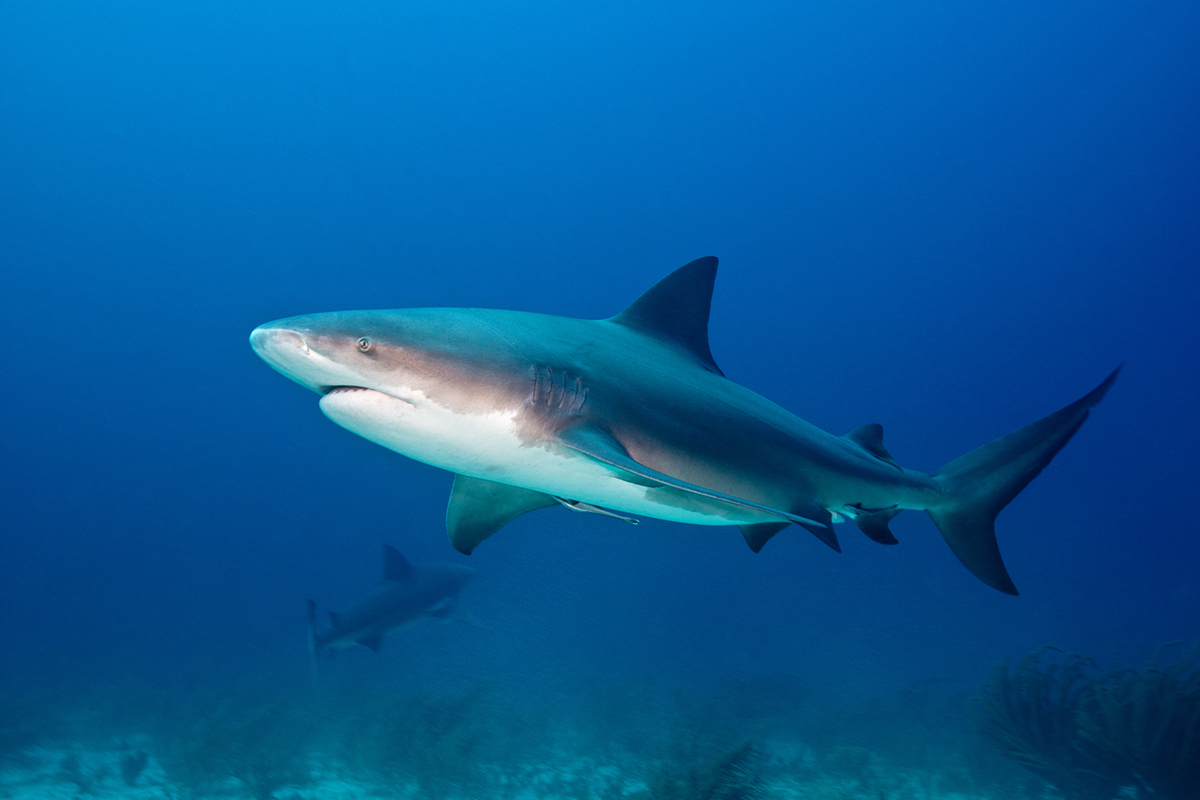
Many experts consider the bull shark the world’s most dangerous shark, and it is grouped with great whites and tiger sharks as the three species most likely to attack humans, according to National Geographic. They can grow to 7-11 feet and weigh anywhere from 200-700 pounds. The bull shark can live in both salt and freshwater. The bull shark is aggressive and territorial and tends to inhabit shallow waters. It is quite rare to spot a bull shark along the river, but they can live there.
Arapaima
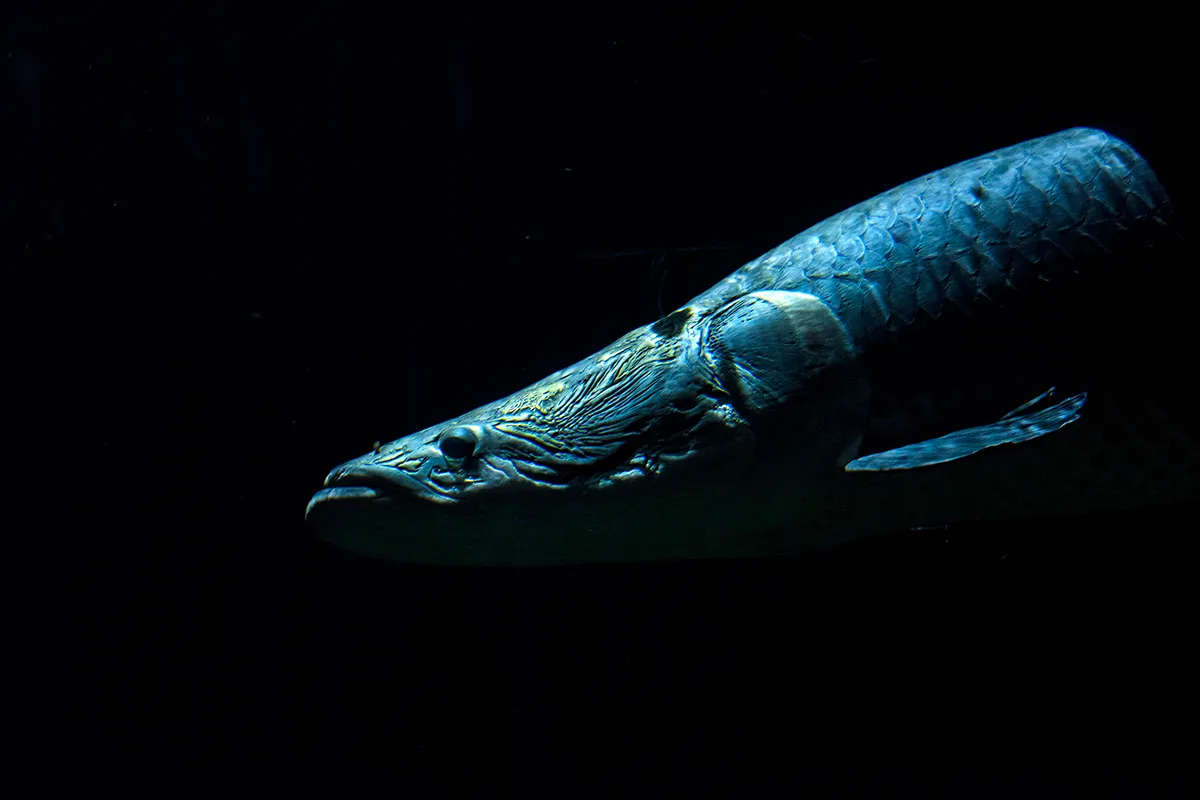
The “dinosaur fish of the Amazon” is one of the largest carnivorous freshwater fish in the world, averaging more than 6 feet long with maximum lengths up to 10 feet and weighing 440 lbs. Although they are huge and threatening with their armored skin and powerful jaws, they are not a danger to humans. They are, however, in danger from humans who hunt them.
With that said, beware the Amazonian legend about a disrespectful son punished by the gods and transformed into an arapaima or pirarucu. Some locals believe that this fish is possessed by an evil spirit that can pull men from their boats and kill them.
Tarantula
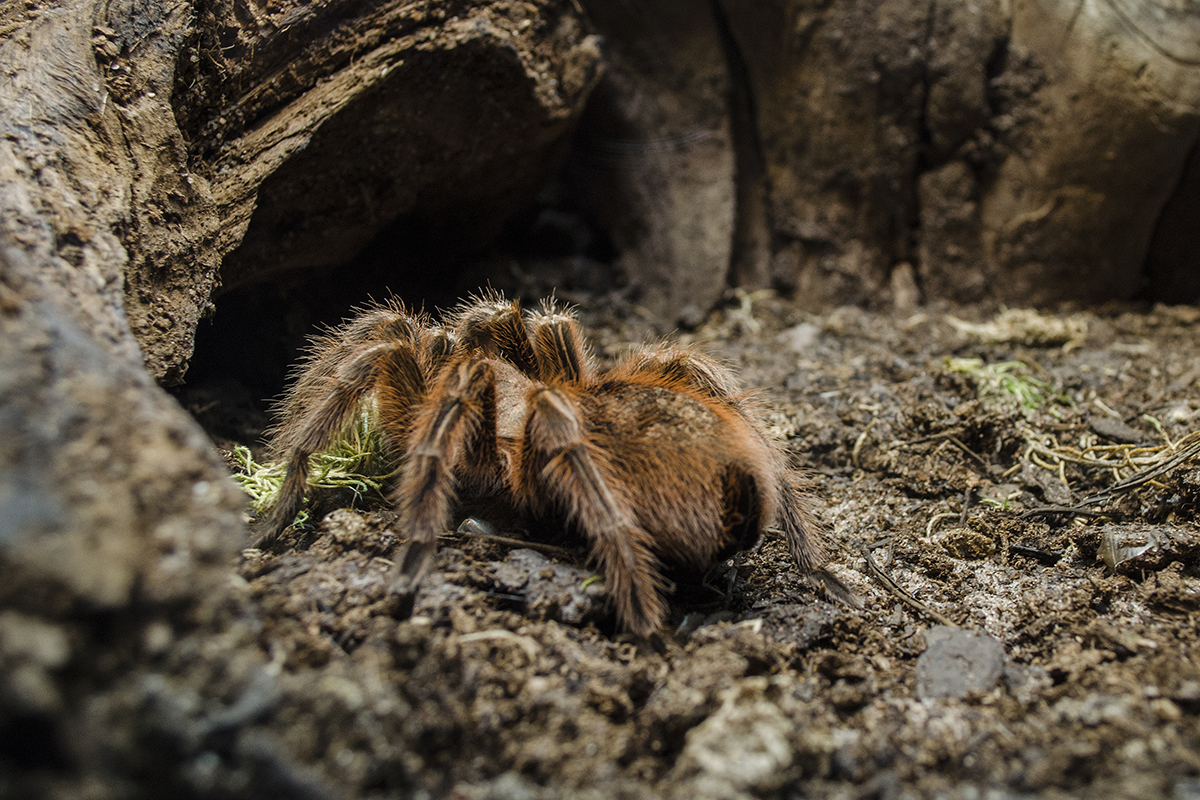
Tarantulas are the largest spiders in the world. Their bodies can grow up to 13 inches and have a well-known fuzzy appearance. Their hairs can irritate human skin, but their bites are not venomous and have no lasting effects. Thankfully, while tarantulas might be terrifying to come across in the wild, they are actually not very dangerous to humans.
Poison Dart Frogs
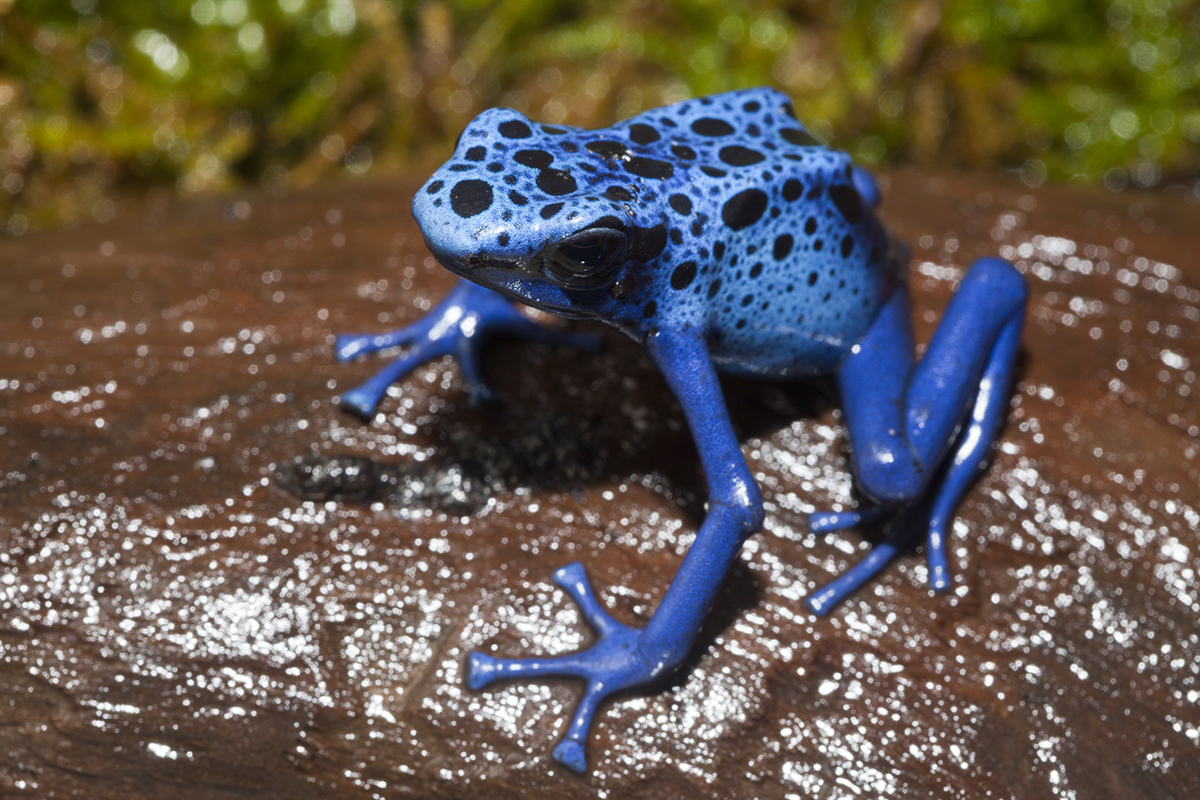
Poison dart frogs, on the other hand, are very dangerous to humans. They may be beautiful, but don’t even think about touching them, as they secrete poison that can cause heart failure within minutes. The golden poison dart frog contains enough poison to kill 20,000 mice or 10 people.
Assassin Bugs
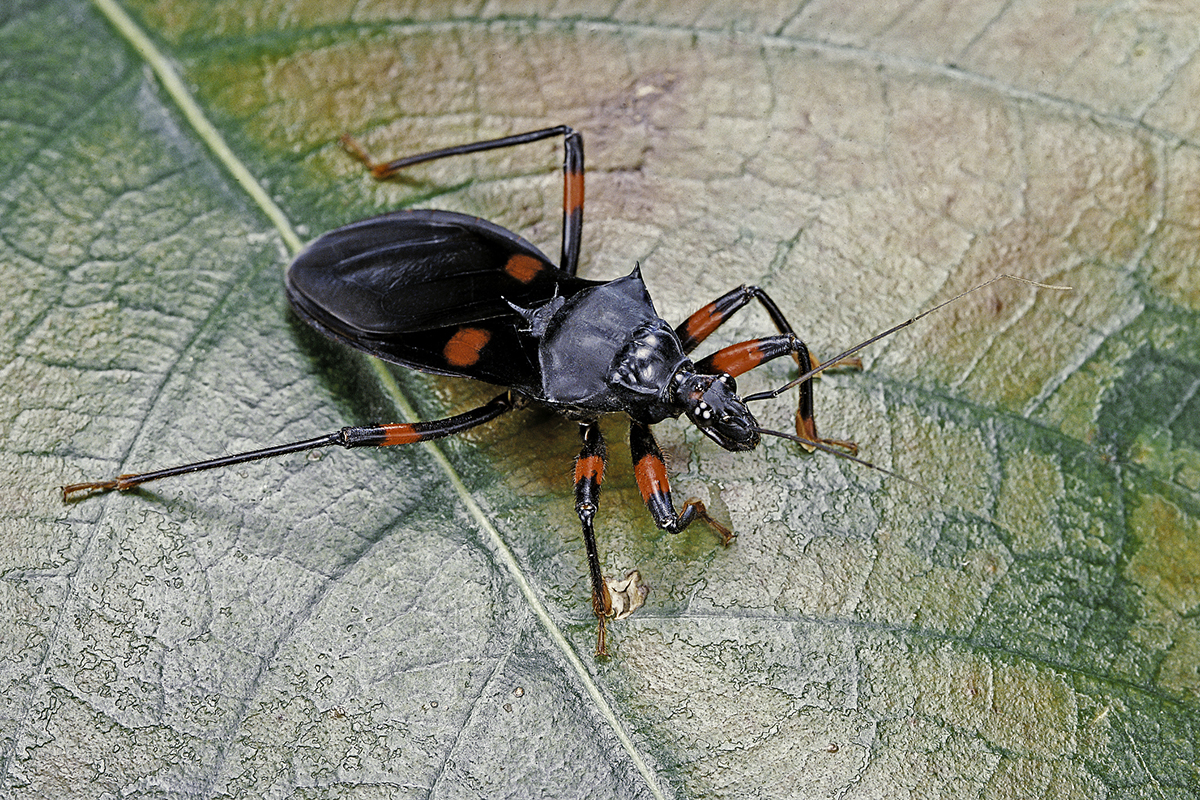
Be wary of these dangerous predators that live up to their name. They possess an organ protruding from their mouths, which they use to inject poisonous saliva into their prey, melting their organs from the inside out. They eat other insects for food and don’t pose much of a threat to humans.
Assassin bugs and kissing bugs or vampire bugs, which are in the same family, can be extremely harmful, though, if they carry Chagas disease, which kills around 12,500 people per year.
Brazilian Wandering Spider
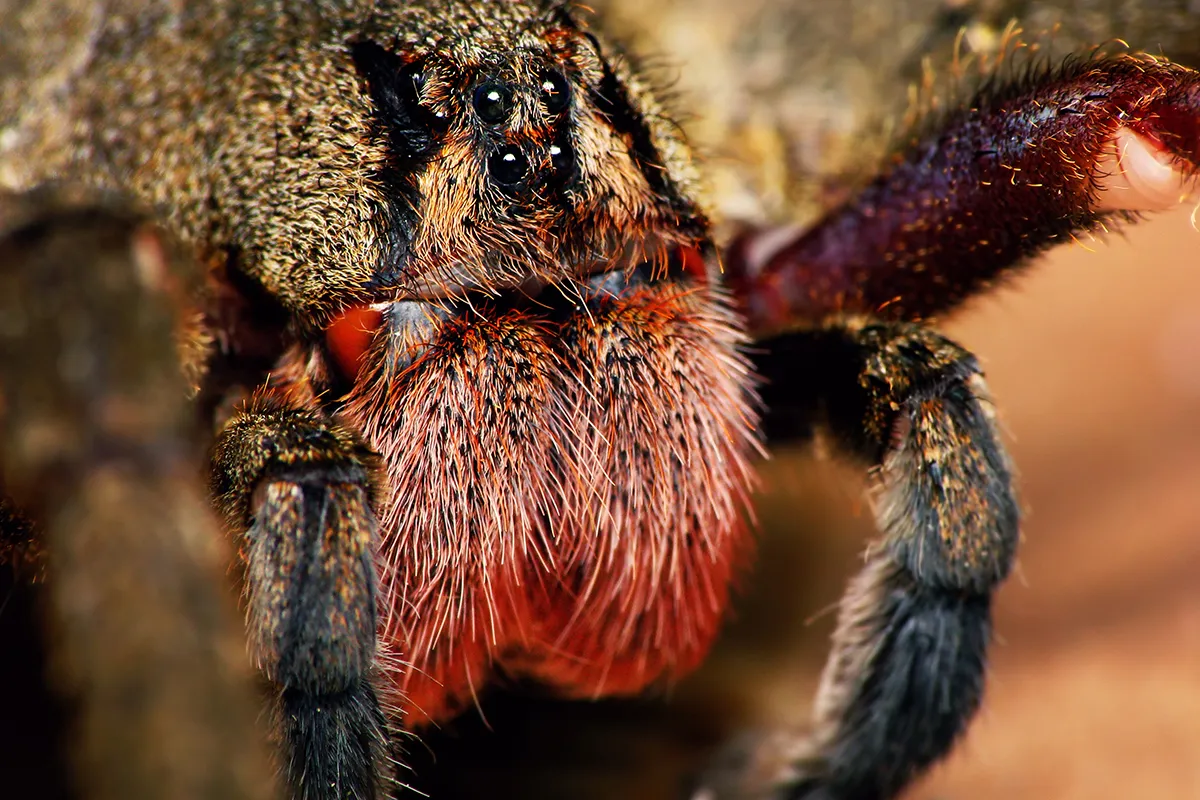
These wandering spiders have venom that can lead to extreme pain to a human and even paralysis and trouble breathing, if left untreated. These creatures wander at night in search of food, so you’d better keep that tent zip closed tight.
Black Caiman Alligator
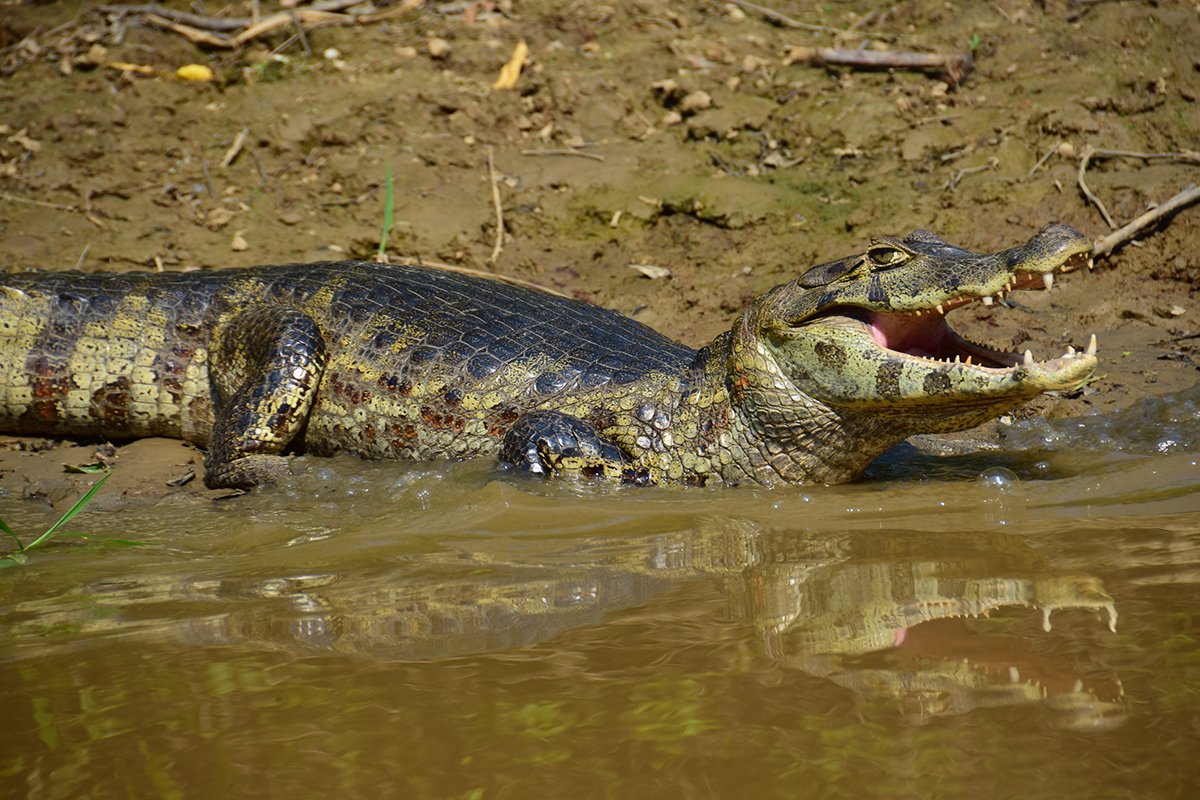
The black caiman is the largest member of the alligator family, and it is one of the largest predators in the Amazon River basin, growing up 13.1 feet long. This beautiful but dangerous predator was hunted to near extinction for its commercially valuable hide, but populations have been recovering under conservation efforts.
Bullet Ant
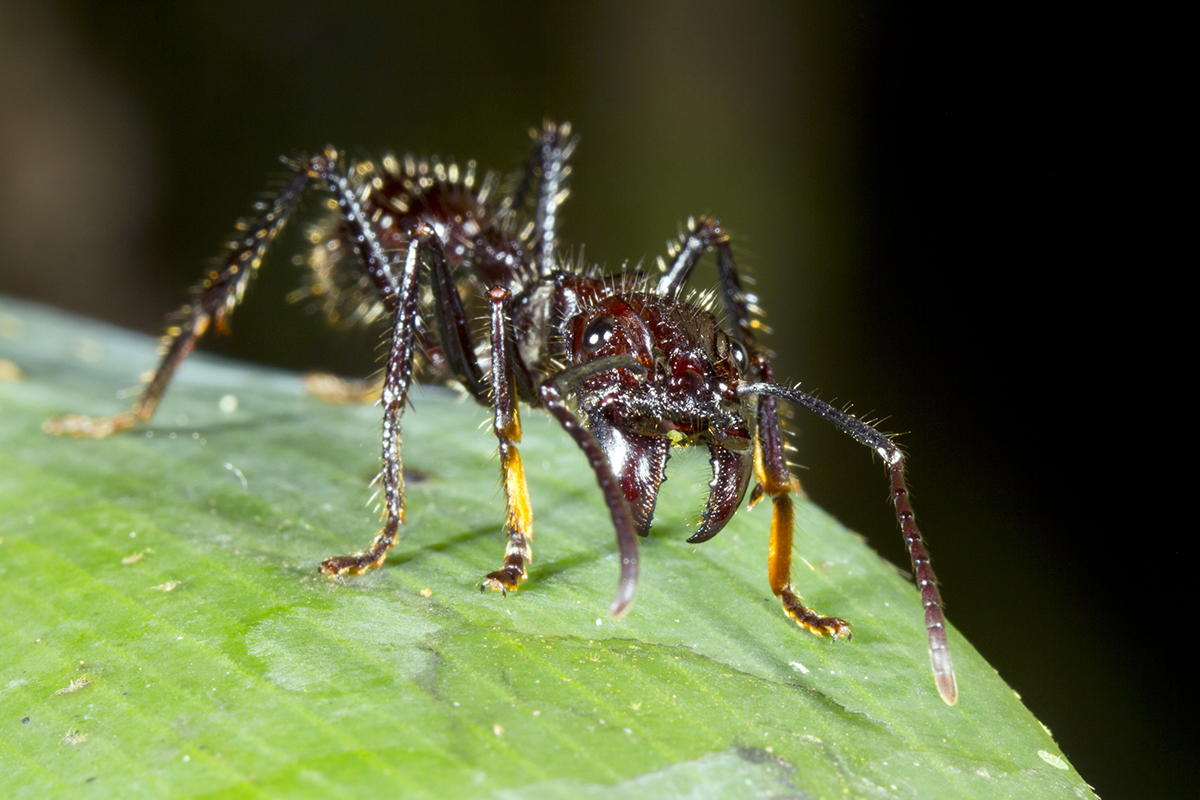
These huge, inch-long ants can deliver a sting followed by intense pain measuring 4.0 on the Schmidt’s sting pain index—a scale measuring the pain of insect stings on humans.
Victims often compare the pain of a bullet ant bite to that of being shot by a bullet. The pain can linger for up to 24 hours and causes temporary paralysis to the area, but it is not fatal. The Brazilian Sateré-Mawé tribe famously use bullet ant stings as part of their ancestral initiation rites to become warriors.
Which of these Amazon animals interests you the most?

